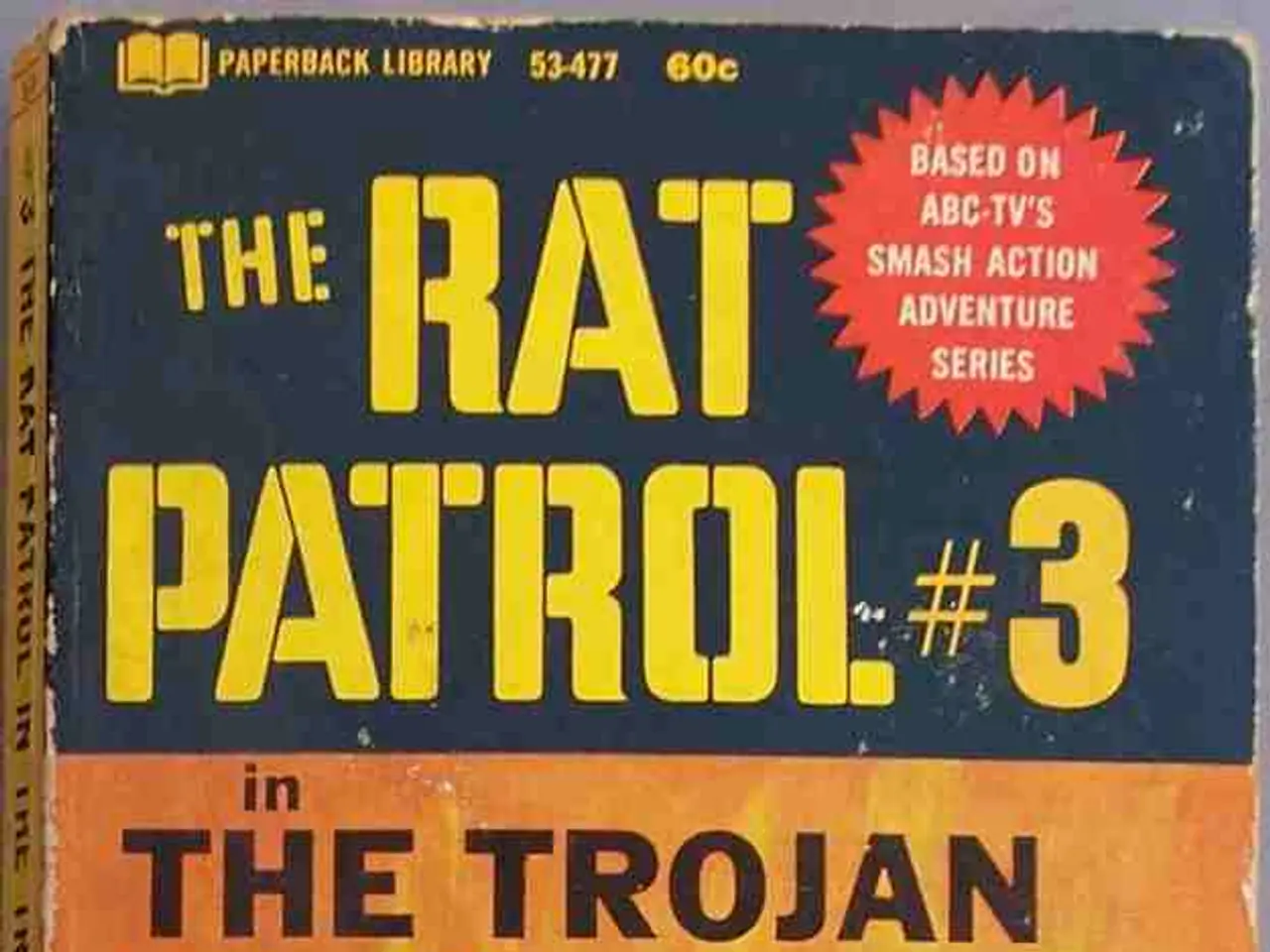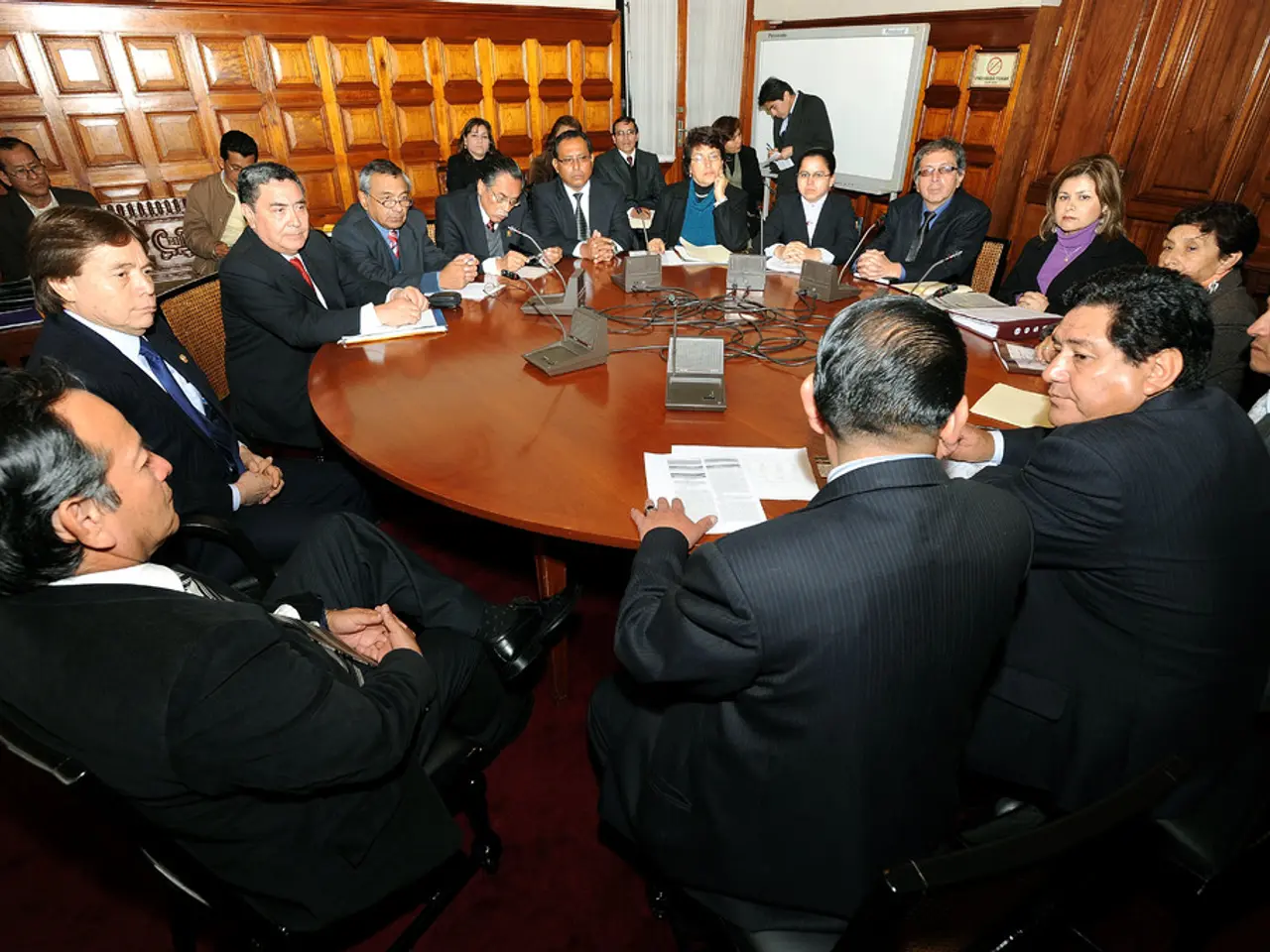Trump issues new tariff decree, imposing a 25% increase on imports from India.
President Donald Trump has signed an executive order imposing an additional 25% ad valorem tariff on imports from India, effective August 27, 2025. The tariff is a response to India's direct or indirect import of Russian Federation oil.
The order, framed as a response to a national emergency tied to the Russian Federation’s actions against Ukraine, relies on authorities described in the Administration’s fact sheet and related executive orders. The Commerce Secretary, along with officials from State, Treasury, and other departments, will be responsible for identifying other countries that import Russian oil and advising the President on similar measures.
The 25% tariff is an additional charge on top of any other duties, fees, taxes, exactions, and charges already applicable to imports from India, unless another specific statutory action applies. The tariff does not apply to articles listed in Annex II to Executive Order 14257, but the specific product categories excluded from the additional 25% surcharge are not listed in the fact sheet itself. Consult Executive Order 14257 and its Annex II for the precise carve-outs.
U.S. importers will face a 25% ad valorem charge on the customs value of affected goods from India, raising landed costs unless importers, suppliers, or consumers absorb it. Affected goods might carry multiple layered tariffs, including the existing reciprocal tariffs under EO 14257 plus this 25% surcharge, unless an exception applies.
The Administration’s stated aim is to deter purchases of Russian oil, and the action signals a broader enforcement posture, which could prompt diplomatic engagement, trade negotiations, or retaliatory measures by trading partners.
The determination criteria for “directly or indirectly” importing Russian oil are not published in the fact sheet. The operational rules for the tariff, such as U.S. Customs and Border Protection (CBP) guidance, tariff schedules, and implementing instructions (classification, valuation, treatment of mixed-origin goods, refund/reliquidation procedures), are normally issued by Treasury/Customs closer to implementation.
[1] White House Fact Sheet: President Donald J. Trump Addresses Threats to the United States by the Government of the Russian Federation (August 6, 2025) [2] Executive Order 14257 (Further Modifying the Reciprocal Tariff Rates and related Presidential action documents)
If needed, I can:
- Check EO 14257 Annex II and list which product categories are carved out from the 25% surcharge.
- Monitor and summarize subsequent CBP or Treasury implementing guidance (classification, filing instructions, effective-duty collection rules) when published.
- The tariff imposed by President Trump, in response to India's indirect import of Russian Federation oil, is a part of ongoing politics and general news, and it may lead to policy-and-legislation changes regarding war-and-conflicts and international trade.
- The 25% ad valorem tariff on imports from India, as a result of the import of Russian oil, is just one aspect of the Administration's strategy to impact war-and-conflicts, signifying a broader approach that could involve diplomatic engagement, trade negotiations, or retaliatory measures by trading partners, thus being closely tied to politics and policy-and-legislation.







